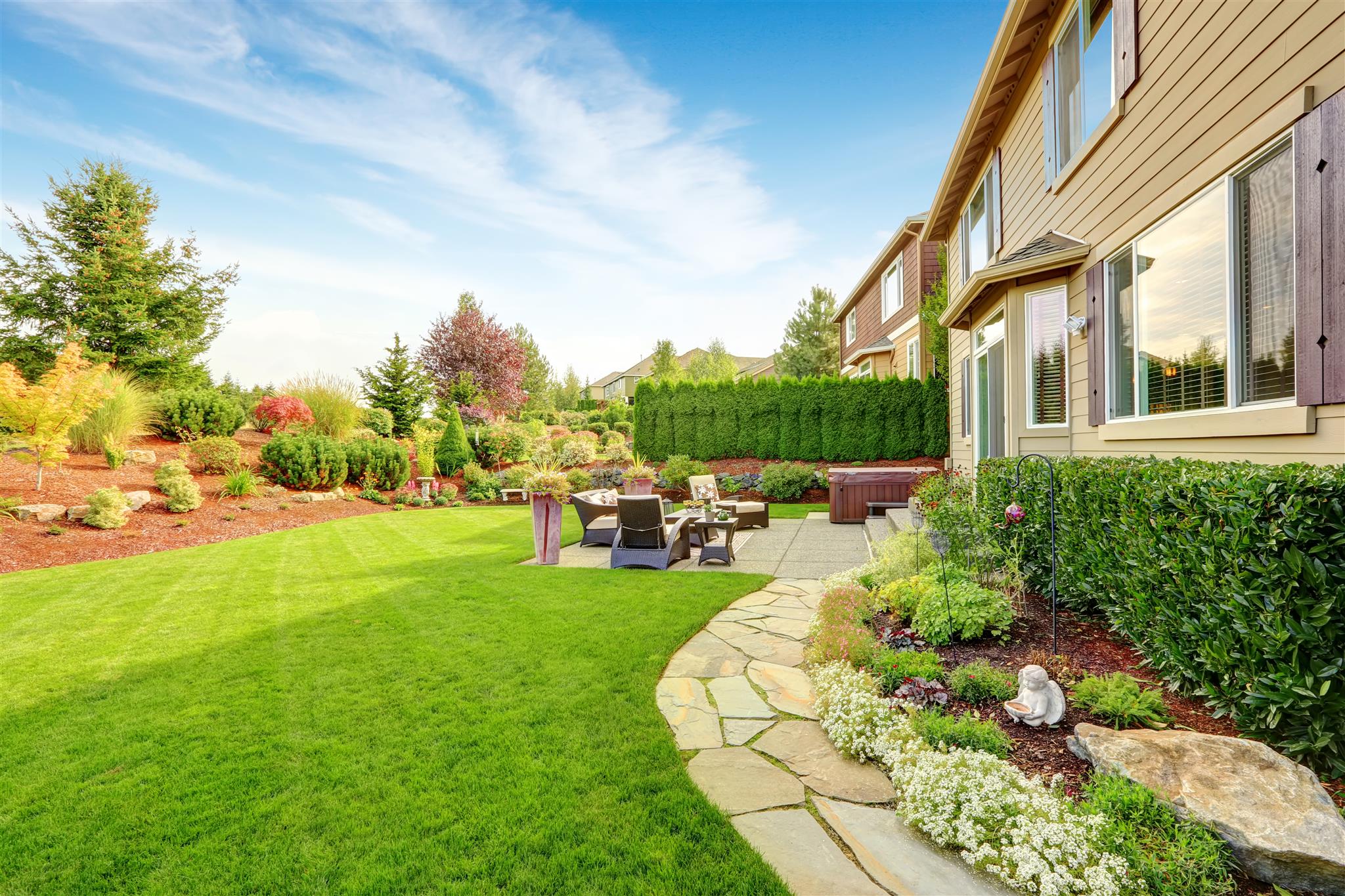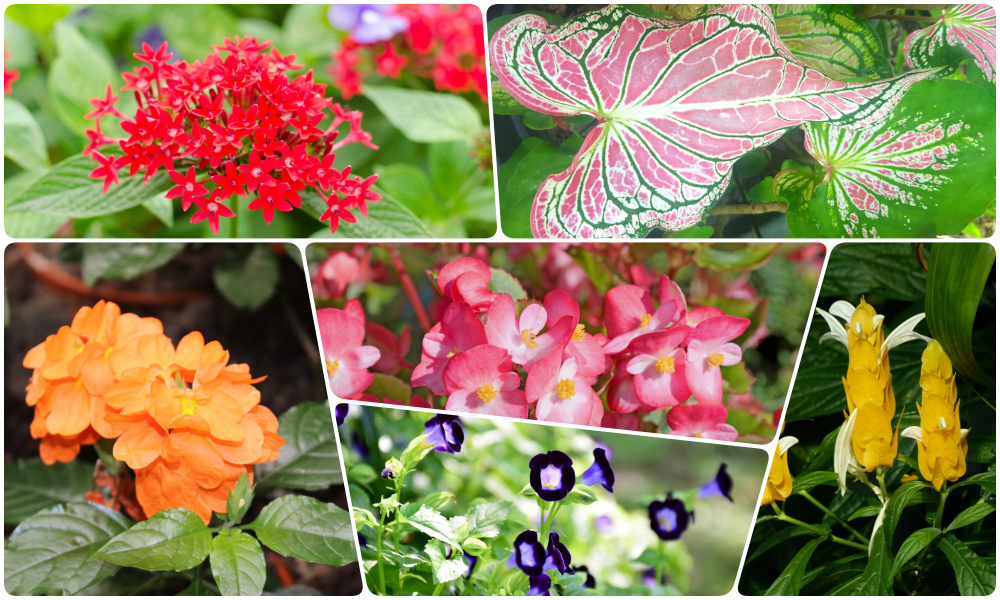
A well-designed lawn adds beauty to your entire home. However, to have a well-designed lawn, there are several things to consider and a careful planning to be done. You need to take into account how you would use the space, your individual and architectural style, and how much energy you would spend to care for it.
Taking into consideration all the important factors, landscape professionals have come up with some tips to design a great lawn. Some of those tips are given below:
When choosing your lawn size, there are several factors to be considered. The needs of a family with kids and pets will be different from those of a retired couple that travels a lot. Factors like lawn maintenance, water use, and installation cost also have an important role to play while making the decision.
The first thing to consider is how you would like to use your lawn. In case you have children, they would like having a large open space for playing, whereas an old couple would like just enough grass for offering an open, appealing look to their outdoors or set up tables for entertaining occasionally.
Apart from mowing, a lawn needs edging, aeration, fertilizing, and pest and weed control. If you wish to have a beautiful lawn, it’s important for you to care for it well. A smaller lawn would need relatively less care.
A lawn’s water requirements vary greatly on the basis of soil type, type of grass seed used, and weather. However, turf needs 1-inch water every week on an average, in the growing season. A sprinkler system is installed by most people to automate this process.
Installing a lawn is quite inexpensive compared to a patio or planter bed. However, going for artificial turf or sod rather than a seeded lawn would increase your lawn installation cost. Additionally, a large-size lawn would need more sprinklers, thereby influencing the price.
As a lawn can also serve as an entertaining space or pathway, you may consider having the lawn adjacent to your patio, so as to increase your landscape’s usable space.
Turfgrass needs 6+ hours of direct sunlight each day to grow best. Although grass has various shade-tolerant varieties, almost every lawn needs at least some hours of direct sunlight per day.
If you would hire a lawn care team, you need to plan how they would access the lawn along with their equipment. To provide good access, have a 4’ wide gate and a flat surface for walking on. A gate of 3.5’ width or less, or grade changes like stairs, limits the mowers that can be used. Although the lawn care team can employ a push mower of small size for yards having poor access, this would heighten the cost and time for service.
It’s recommended not to have a lawn right around any tree base. Trees not only shade out lawns, but their roots can prevent the reach of adequate water and nutrients to turfgrass. In case a tree has a 25’ wide canopy, consider creating a landscape bed that’s 25’ wide around the tree, so as to allow both the turf and tree to thrive.
Your lawn’s drainage should be good for turf to grow well. In case you would place the lawn in one of the low spots of your yard, consider building a lawn drainage system to ensure that the lawn space doesn’t become a muddy mess during winter.
Although aesthetics are an important element to consider when designing a lawn, however, looks are not the sole thing to take into account. Your lawn design also determines whether it would be easy to irrigate, edge, and mow the lawn.
Determine whether you want a naturalistic landscape or a contemporary one. The former has curved borders as well as asymmetrical proportions. It may contain berms or rolling mounds, boulders used for edging or retainment, or informal planting islands in the lawn. On the other hand, the latter uses geometric shapes like circles, rectangles, and squares to match the architecture’s strong lines.
When it comes to mowing a lawn, it’s easier to mow broad curves compared to congested, tight corners. In case you want to have a rectangular or square lawn, consider allowing room on each side of your lawn so that you can turn around the mower on each pass.
In a rectangular or square shaped lawn, you can get a head-to-head, full coverage easily. While irrigating tight curves, some overspray is likely in the surrounding garden beds.
Your edging type determines whether a string trimmer is necessary for you to keep your lawn borders neat. In case you have a metal edging, concrete or brick curbing, the mower can be run right over your edging, eliminating the necessity for string-trimming. Edging materials that have an irregular shape, like stone, would require string-trimming.
Some more dimension can be created in a lawn by building a few tiered, short garden walls or with berming. Both of them add height and depth to the landscape that wasn’t there otherwise.
Although designing an amazing lawn is a bit of a hard work, the aesthetic appeal it adds to your outdoors and home makes it worth the effort. The professional tips given here will help you with your lawn design approach. To get an expertly designed lawn, consider seeking the help of professional lawn designers.

Aug 2 2019

Jul 26 2019

Jul 3 2019